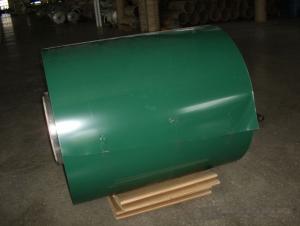Aluminum foil, that shiny, crinkly stuff that we all have in our kitchens, is more than just a convenient way to cover leftovers or wrap up a sandwich. It’s a versatile tool that plays a crucial role in food preservation. Let’s dive into the world of aluminum foil and explore its many uses and benefits.
The Science Behind Aluminum Foil
Aluminum foil is made from thin sheets of aluminum, which is a highly malleable and ductile metal. This means it can be easily bent, stretched, and manipulated into various shapes without breaking. The unique properties of aluminum make it an excellent choice for food preservation. It’s lightweight, durable, and has a high resistance to corrosion, which helps to keep food fresh for longer periods.
Keeping Food Fresh
One of the primary ways aluminum foil is used in food preservation is by creating a barrier between the food and the environment. This barrier helps to prevent the entry of air, moisture, and bacteria, which can cause food to spoil. By wrapping food in aluminum foil, you can significantly extend its shelf life and maintain its freshness.
Versatility in the Kitchen
Aluminum foil is not just for wrapping food. It’s also a great tool for cooking and baking. You can use it to line baking sheets, cover dishes, or even as a makeshift roasting bag. The non-stick surface of aluminum foil makes cleanup a breeze, and its heat conductivity helps to cook food evenly.
Environmental Benefits
In addition to its practical uses, aluminum foil is also environmentally friendly. It’s made from a material that can be recycled indefinitely without losing its quality. This means that using aluminum foil is a sustainable choice that can help to reduce waste and conserve resources.
Creative Uses for Aluminum Foil
While we’ve covered the basics, there are many creative ways to use aluminum foil in the kitchen. From making homemade ice cream to creating a steamer for vegetables, the possibilities are endless. You can even use it to make a DIY food smoker or a makeshift grill for your backyard barbecue.
The Art of Wrapping with Aluminum Foil
Wrapping food with aluminum foil may seem simple, but there’s an art to it. To ensure that your food stays fresh and protected, it’s important to wrap it tightly and securely. Here are some tips to help you master the art of foil wrapping:
1. Start with a piece of foil large enough to cover the entire item.
2. Fold the foil over the food, making sure to seal all edges and corners.
3. Use a double layer of foil for larger items or for added protection.
4. If you’re using foil for cooking, make sure to follow the manufacturer’s instructions for cooking times and temperatures.
The Future of Aluminum Foil in Food Preservation
As we continue to look for ways to reduce waste and preserve our planet’s resources, the role of aluminum foil in food preservation is only going to become more important. With its versatility, durability, and environmental benefits, aluminum foil is a valuable tool that we should all be making the most of in our kitchens.
In conclusion, aluminum foil is more than just a kitchen staple; it’s a powerful ally in the fight against food waste and spoilage. By understanding and utilizing its properties, we can all contribute to a more sustainable and efficient way of preserving our food.

